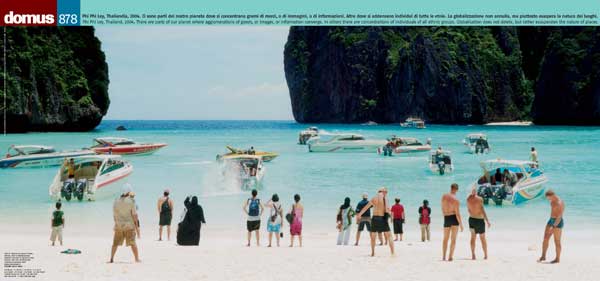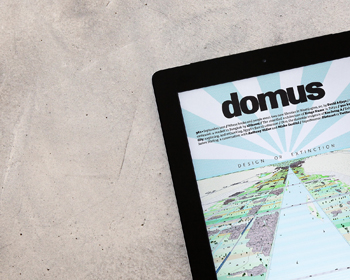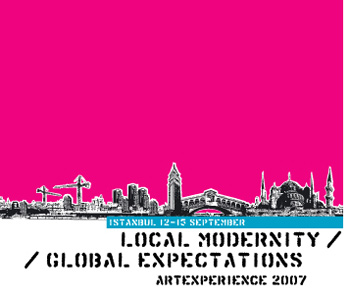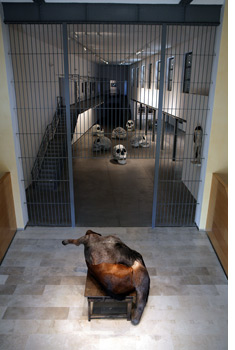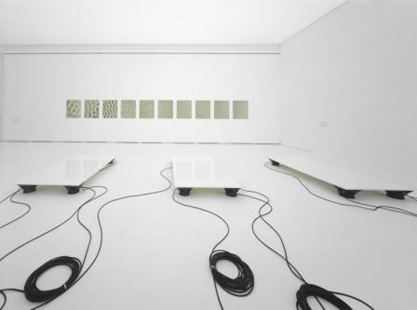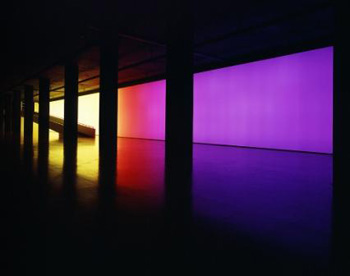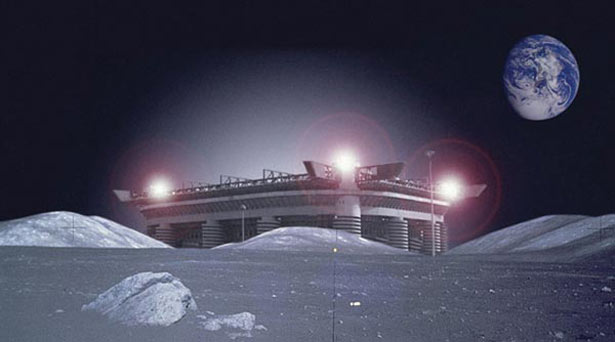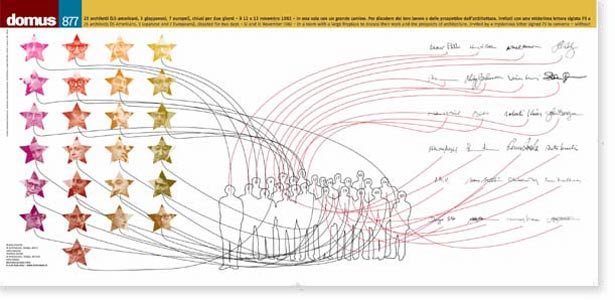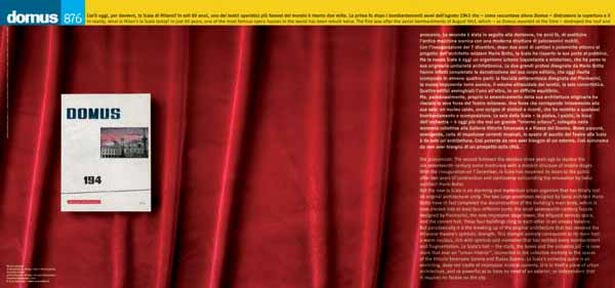Issue 878
There are parts of our planet where agglomerations of goods, or images, or information converge. In others there are concentrations of individuals of all ethnic groups. Globalisation does not delete, but rather exasperates the nature of places.
The tsunami has claimed the lives of nearly 300,000 people. Most of the victims and the missing lived in the twelve South Asian and East African countries in the direct path of the tsunami. Others were tourists visiting from more than 40 different countries: Sweden to China, South Africa to Singapore, Russia to Mexico. This catastrophe indiscriminately affected an incredible spectrum of ethnic groups, religions, lifestyles, and customs in a way that will never be forgotten.
One of the paradoxes of globalisation is that it produces not only flows but also local nuclei of super-density: media platforms, port hubs, logistic nodes, financial and scientific research centres, “global” art and culture institutions.
These are places where centres of civilisation coalesce, where a convergence of energies and resources, although homogeneous as a genre, are varied in geographic origin. The tragedy caused by the tsunami has violently confirmed how the global process of local super-concentration today – due to tourism – also apply to the movement of bodies and individuals.
The tsunami has destroyed not only hundreds-of-thousands of lives, but the economy of these cosmopolitan settlements. Their equilibrium was based on a rigid division of roles between natives, tourists, tourist-industry-service-personnel, tradesmen, fishermen and illegal market operators. Typified by a system of enclosures and barriers, these settlements or resorts are divided by nationality, with guarded entrances, prostitution and residential districts. These were places where the exaggerated merging of a multiplicity of individuals did not produce a polyvalent, hybrid world (as happens in Mediterranean cities or on the beaches of Rio de Janeiro), but rather a system of gated communities and hermetic compartments.
The images of the catastrophe – which were rapidly globalised – and the stories of the survivors and relatives of the victims created a profound sense of grief in just a few days. The mechanism of international aid was equally fast. The reconstruction of the tourist settlements started immediately at a frenetic pace.
What has been slow – exasperatingly slow – is the critical consideration of the future identity of these territories. Through inertia, they risk being recreated or revived like replicas of a lost world that only disappeared momentarily; where the grief and signs of the catastrophe will quickly disappear, hidden behind souvenirs and memorabilia.
Apart from money and charity, do we have any ideas to invest in the revival of these cosmopolitan settlements? Do we really think that there are no alternatives to the standardised models of global tourism? Does reconstructing daily life necessarily mean repeating an earlier model of segregation? will the fear of falling into an insidious intellectual neo-colonialism act as an excuse to anaesthetise these questions?
Domus 878, February 2005. Contents
Calendar
Ettore Sottsass. Pictures from a window
Toyo Ito. New Century Modern
Beyond the mere packaging for a luxury brand, Toyo Ito’s design for TOD’S in Tokyo’s Omotesando investigates a new way of evoking intimacy in an urban context. Text by Wakato Onishi, photography by Risaku Suzuki
Bruno Latour. Victor Frankenstein’s real sin
What is the right use of technology? A conversation between philosophers
Han Tumertekin. B2 House. Both strange and familiar
Winner of the domestic category of the Aga Khan Prize 2004, Han Tumertekin’s retreat mediates between modern influences and local vernacular. Text by Tansel Korkmaz
Structural skins?
The diamond-pattern structural skin systems of several well-known recent projects, analysed and compared
Andrea Branzi. Enzymatic architecture
A design approach that falls outside the tradition of architecture seen as a formal metaphor of history
Bridge the Gap?
Some reflections on tourism and globalism by scientists, artists and designers who came together in Milan for the second “Bridge the Gap?” conference under the direction of Hans Ulrich Obrist and Akiko Miyake. Photography by Gaia Cambiaggi
Tropical Laboratory
A Soviet airfield in Brand, near Berlin, has been transformed into a holiday destination with exotic attractions. Text and photographs by Joseph Grima
Abalos & Herreros
The gymnasium built in the Retiro Park, located in central Madrid, is the latest work by the Madrid-based firm. Photography by Paolo Rosselli
Interview: Edward Ruscha
Hans Ulrich Obrist interviews Edward Ruscha, a pioneer in the use of language and imagery drawn from the popular media
Federico Nicolao. When nature imitates art
Pictures of death and contemporary art
Joris vs Vico
Joris Laarman converses with Vico Magistretti, focusing on two different worlds that are united by intelligence and irony
Vico Magistretti. Variations on a theme
A new injection-moulded plastic chair for Kartell
Art Graft: Carsten Holler.
Wenge, Sape and Houses in Kinshasa. Pictures from the Congo
Post-it: Books
Rassegna: The office
Panorama
El Topo: Erik Van Lieshout
Edited by Maurizio Cattelan, Massimiliano Gioni and Ali Subotnick (Wrong Gallery)
